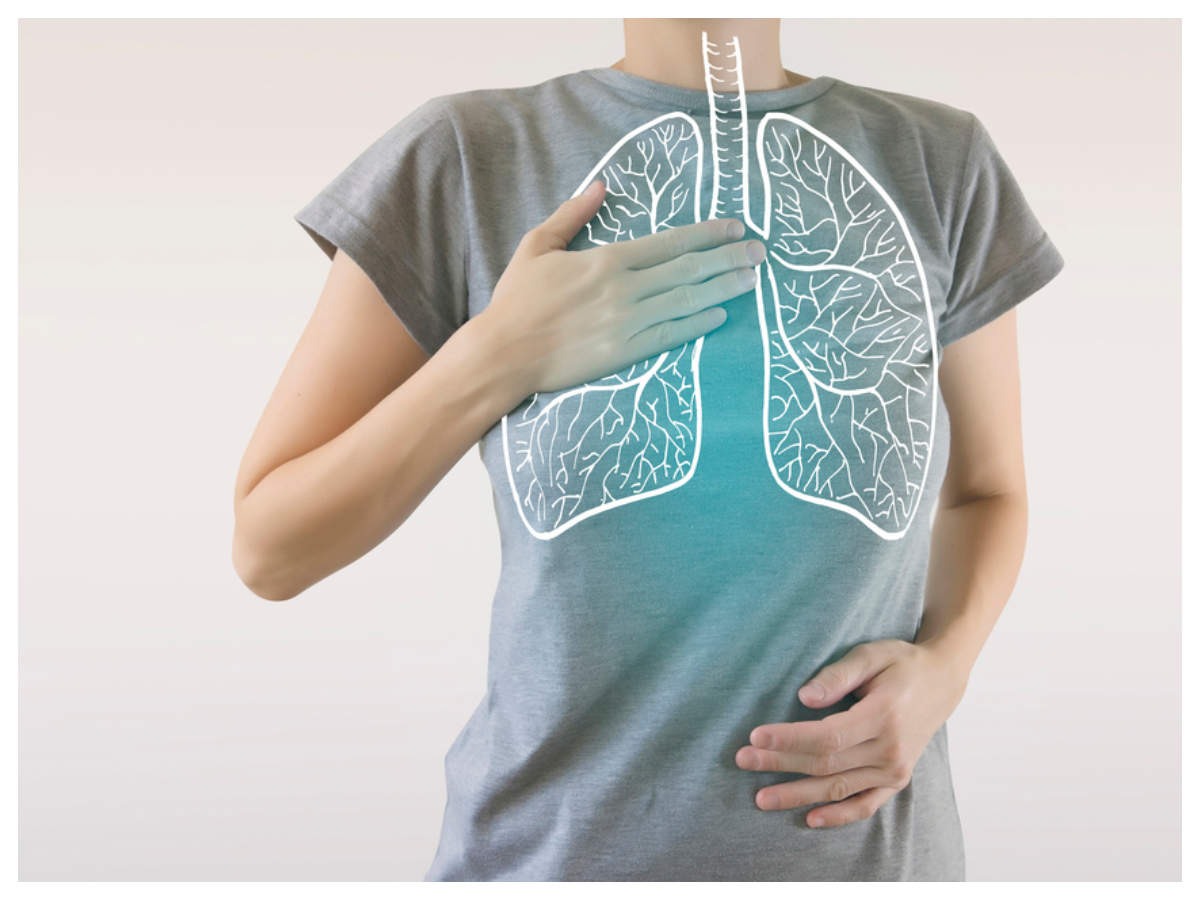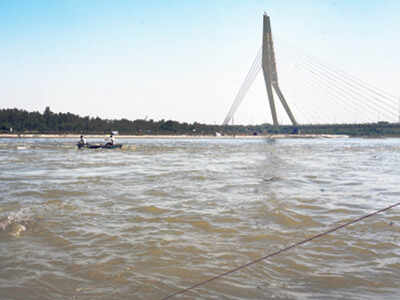
NEW DELHI: The water quality of the Yamuna and the subsidiary drains flowing into it has improved considerably, a recent analysis by Delhi Pollution Control Committee has pointed out. The report, which was submitted to the NGT-appointed Yamuna Monitoring Committee, stated that Biological Oxygen Demand (BOD) levels in the river have improved by up to 33%.
The committee in its analysis compared readings of April 2019 with this month to assess the actual improvement that occurred during the lockdown.
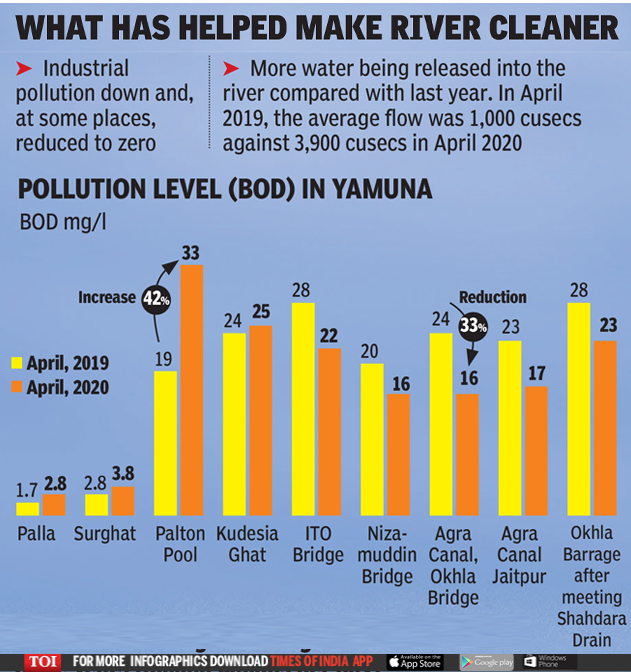
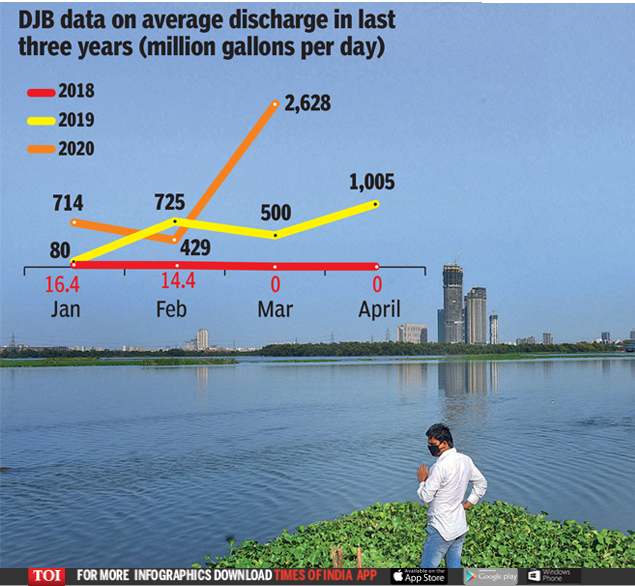
DPCC studied water samples from nine points and 20 individual drains and attributed the improvement to more water being released into the river and stoppage of industrial activities. The committee, however, explained that while there has been an improvement, the river was still not meeting the water quality criteria due to domestic sewage flowing into it.
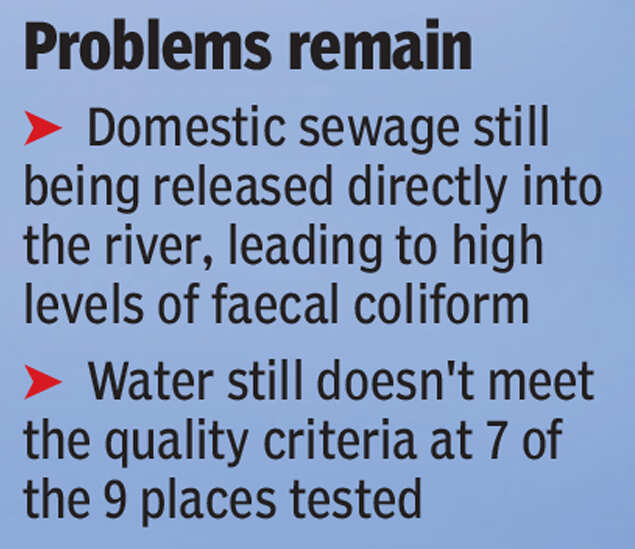
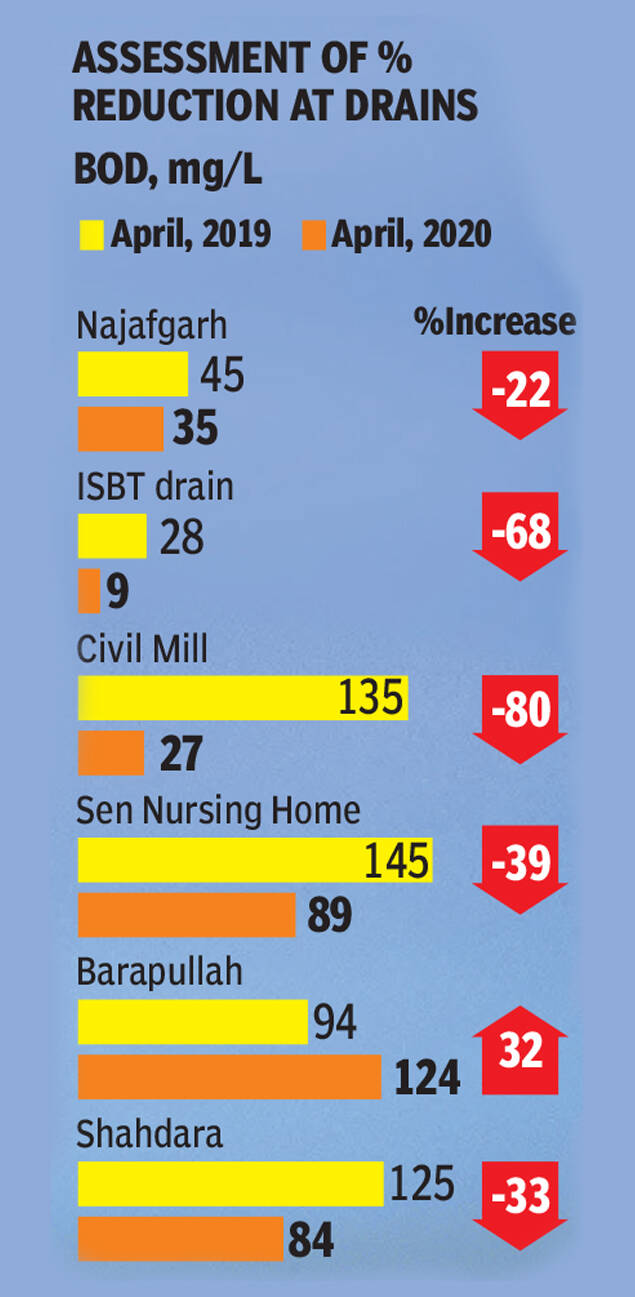
At Okhla barrage, pollution in terms of BOD levels saw an 18% reduction, while at Nizamuddin bridge it fell by 20%. Agra Canal at Okhla barrage saw a dip of 33%, ITO bridge 21% and Qudsia Ghat 4%.
Meanwhile, Palla and Surghat — the first two locations the river flows through after entering Delhi — marked no improvement, but both met the water quality criteria of bathing standards (Class C), the report said, adding that no other locations met this criteria. Khajuri Platoon Pool was the only location that saw an increase in the pollution levels at 42%.
BOD levels should ideally be 3 mg/l or less to sustain aquatic life. The other parameters tested included pH, COD, DO and faecal coliform level. “High faecal coliform was still found at locations, indicating the amount of raw sewage entering directly into the Yamuna,” said a DPCC official.
While there had been a drop in the pollution levels due to stopping of industrial activities, another reason was more water being released into the river, an official explained. “In March, we received good rainfall and a lot more water was released this year compared with the same time last year. Industrial flow has stopped, however, domestic sewage is still an issue. It is clear you cannot meet the standards if sewage is still entering the river,” he added.
The report stated that while the average water flow into the river in April 2019 was 1,000 cusecs, it was 3,900 cusecs this month. “Therefore, dilution is also contributing to the improvement in its quality,” it added.
In terms of drains, the highest drop in pollution levels was at Civil Mill drain (80%), followed by ISBT (68%). Barapullah drain saw an increase in pollution levels by 32%, which experts explained was due to the high domestic sewage.
The committee in its analysis compared readings of April 2019 with this month to assess the actual improvement that occurred during the lockdown.


DPCC studied water samples from nine points and 20 individual drains and attributed the improvement to more water being released into the river and stoppage of industrial activities. The committee, however, explained that while there has been an improvement, the river was still not meeting the water quality criteria due to domestic sewage flowing into it.


At Okhla barrage, pollution in terms of BOD levels saw an 18% reduction, while at Nizamuddin bridge it fell by 20%. Agra Canal at Okhla barrage saw a dip of 33%, ITO bridge 21% and Qudsia Ghat 4%.
Meanwhile, Palla and Surghat — the first two locations the river flows through after entering Delhi — marked no improvement, but both met the water quality criteria of bathing standards (Class C), the report said, adding that no other locations met this criteria. Khajuri Platoon Pool was the only location that saw an increase in the pollution levels at 42%.
BOD levels should ideally be 3 mg/l or less to sustain aquatic life. The other parameters tested included pH, COD, DO and faecal coliform level. “High faecal coliform was still found at locations, indicating the amount of raw sewage entering directly into the Yamuna,” said a DPCC official.
While there had been a drop in the pollution levels due to stopping of industrial activities, another reason was more water being released into the river, an official explained. “In March, we received good rainfall and a lot more water was released this year compared with the same time last year. Industrial flow has stopped, however, domestic sewage is still an issue. It is clear you cannot meet the standards if sewage is still entering the river,” he added.
The report stated that while the average water flow into the river in April 2019 was 1,000 cusecs, it was 3,900 cusecs this month. “Therefore, dilution is also contributing to the improvement in its quality,” it added.
In terms of drains, the highest drop in pollution levels was at Civil Mill drain (80%), followed by ISBT (68%). Barapullah drain saw an increase in pollution levels by 32%, which experts explained was due to the high domestic sewage.

Coronavirus outbreak
Trending Topics
LATEST VIDEOS
City
 40-year-old Delhi man stabbed to death for informing owner about people drinking on rooftop
40-year-old Delhi man stabbed to death for informing owner about people drinking on rooftop  Covid-19: One positive case found in Rashtrapati Bhavan, 125 families put in self-isolation
Covid-19: One positive case found in Rashtrapati Bhavan, 125 families put in self-isolation  Ex-NSUI leader from Bengaluru booked; caught transporting illegal liquor bottles
Ex-NSUI leader from Bengaluru booked; caught transporting illegal liquor bottles  COVID-19: Shahi Imam of Fatehpuri mosque in Delhi appeals Muslims to offer prayers from homes during Ramzan
COVID-19: Shahi Imam of Fatehpuri mosque in Delhi appeals Muslims to offer prayers from homes during Ramzan
More from TOI
Navbharat Times
Featured Today in Travel
Get the app
